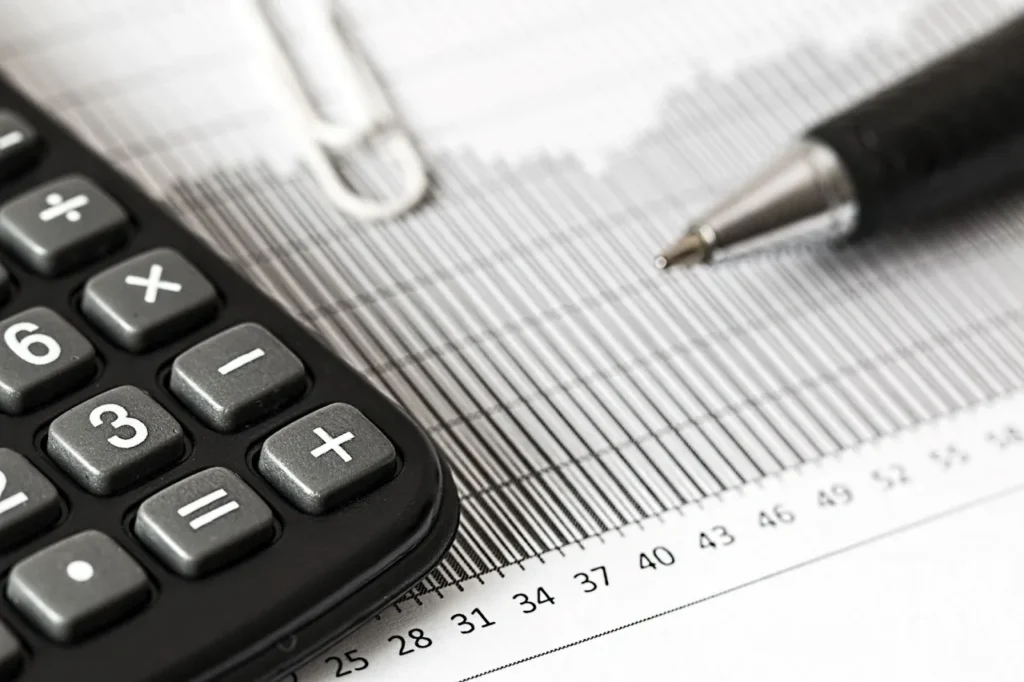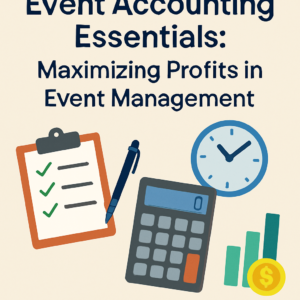Small business accounting is a process of gathering and analyzing data to show how your business is performing financially so you can report the information to your stakeholders. Depending on how large your business is, you will get familiar with three types of small business accounting along the way.
Related Post: Accounting During Inflation
1. Financial Accounting
Financial accounting is where you record, organize, report, and analyze the data you get from your business’ financial transactions. Those transactions made during an accounting period sum up the company’s financial statements. The owner, manager, financial manager – or if you choose to hire an accountant – will do a financial analysis of those statements.
Once the financial analysis is complete, it is sent over to the stakeholders. The stakeholders are the representatives that are invested in the company. This could include the business owner, the stockholders, the Board of Directors, and the SEC (Securities and Exchange Commission).
Financial accounting for business is based on the accounting cycle, which consists of:
- Record financial transactions
- Transfer financial transactions
- Classify financial transactions
- Trial balance and adjusting entries
- Preparation of financial statements
Every period, companies go through these steps to manage their transactions. After these are completed, three financial statements are generated: the balance sheet, the income statement, and the statement of cash flows.
2. Managerial Accounting
In managerial accounting, the company accountant or financial manager gathers, organizes, and reports the financial data to the managers so that they can make informed decisions. The financial manager brings the financial accounting and the cost accounting data to leadership.
Then, the managers take a look at the broader picture to assess the financial performance of the company. They use financial analysis, financial ratios, risk assessment, sales forecasting, and budget development to get an idea of where the company stands. They also use historical information to see how the company has performed in the past and how it will perform in the future.
3. Cost Accounting
Cost accounting is determining the costs of producing a product or service and reporting them to management. This helps companies to make informed decisions about product pricing. Once evaluated, managers begin assigning costs to the products.
Types of Costs
When determining the costs of producing a product, they will either be fixed or variable.
- Fixed costs do not change with the amount of product produced.
- Variable costs change with the quantity of the product manufactured.
- Semi-variable costs are a combination of fixed and variable costs.
There are also the types of costs to produce a product, called direct and indirect costs.
- Direct costs are directly related to the product being sold.
- Indirect costs are costs on a company level rather than on product level.
Kommas with Kelle Can Be Your Accountant
As you can see, the many parts of small business accounting are essential to understand and practice so you can determine a strong stance for your company in the present and in the future.
If you need assistance with your small business accounting, Kommas with Kelle can help! We have a standard financial package that comes with a balance sheet, income statement, and statement of cash flows. Contact us today for assistance!









